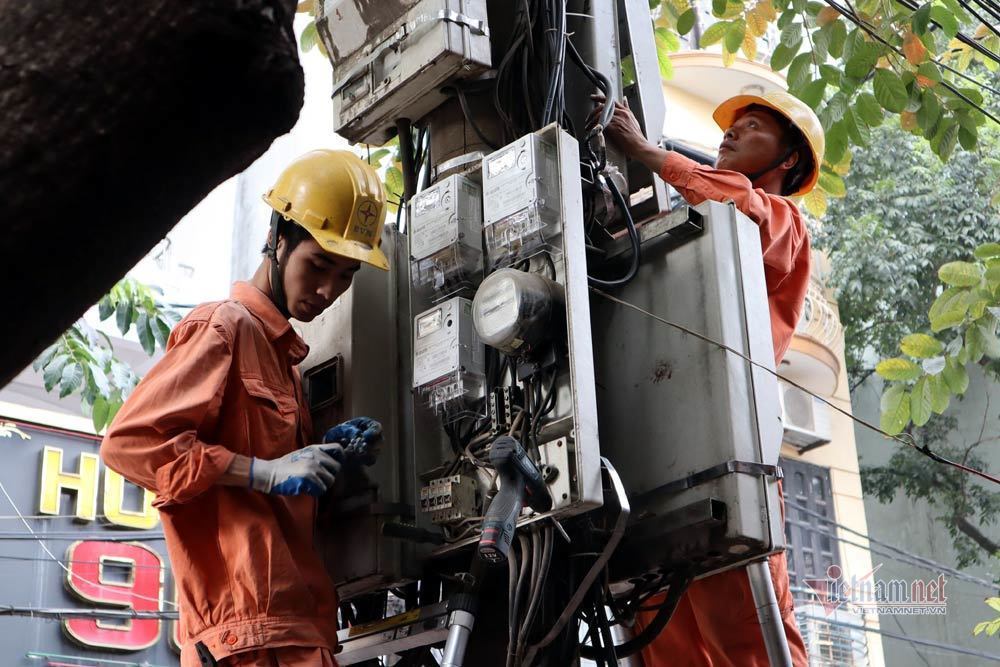The Ministry of Industry and Trade (MOIT) has offered a system that is different from the current 6 price levels. The lowest level is applied for the first 50 kwh used. Higher electricity usage results in more price levels.

Two electricity options are offered for household consumers
With the single-price policy, the prices will be from VND2,700 to over VND2,900 per kwh, not including the value added tax (VAT).
As the prices are high, consumers have been advised to think carefully before choosing.
Analysts believe that customers using more than 700 kwh a month should choose the single-price method, while others who use less should use the 5-tier pricing.
According to Electricity of Vietnam (EVN), 22 million customers have monthly use of 300 kwh and less, which accounts for 72.6 percent of total customers, with 60 percent of electricity output.
About 1.2 million customers use from 400 kwh to 700 kwh, and 456,000 customers use more than 700 kwh.
| Analysts say the single-price policy aims to encourage people to practice thrift when using electricity. It does not change the electricity price calculation method. |
This means that most consumers will likely choose the 5-tier price system.
Analysts say the single-price policy aims to encourage people to practice thrift when using electricity. It does not change the electricity price calculation method.
“I look forward to seeing the application of the multi-level price option and the installation of electricity meters that calculate electricity prices for peak hours, off-peak hours and normal hours,” said Ha Dang Son, director of the Research Center for Energy and Green Growth.
“That will be much more effective in managing additional charges during peak hours,” he said.
In fact, the calculation of electricity prices for peak hours, off-peak hours and normal hours has been applied to businesses, but not to households, for a long time. The money for installing the meters is a problem to consider.
According to Son, even if the new price system is applied, complaints will still occur. However, people will have two options instead of one as currently. People will have to consider their demands to decide whether to choose the 5-level or single price method.
In the long term, Vietnam needs to eliminate the monopoly in electricity distribution and establish a competitive retail market.
Under the Prime Minister’s Decision No 63 in 2013, the competitive retail market will operate on a trial basis in 2021 before the official market starts in 2023.
EVN holds a monopoly in electricity transmission and distribution.
Luong Bang

10 percent cut in electricity prices proposed to help ease COVID-19 impact
The Ministry of Industry and Trade has sent a report to the Prime Minister, proposing a reduction in the prices of electricity for three months to help ease difficulties facing production and business in the context of the ravaging COVID-19 epidemic.

No electricity price increases in Vietnam until the end of Q2
The Ministry of Industry and Trade has called for no increases in the electricity price until the end of the second quarter at the earliest to support businesses amid the novel coronavirus (COVID-19) outbreak.
